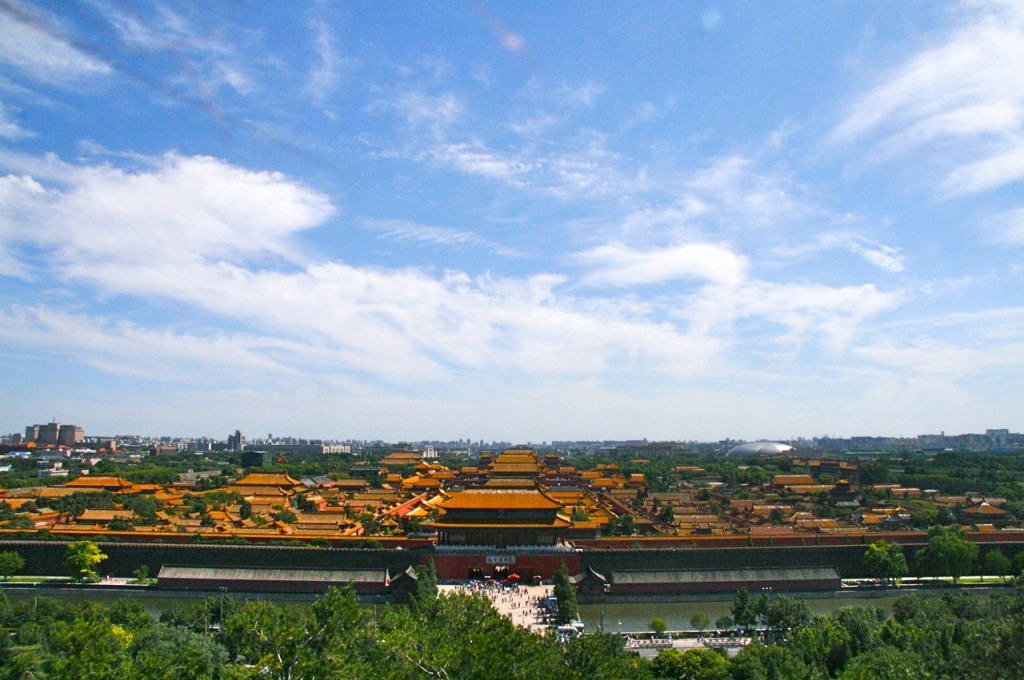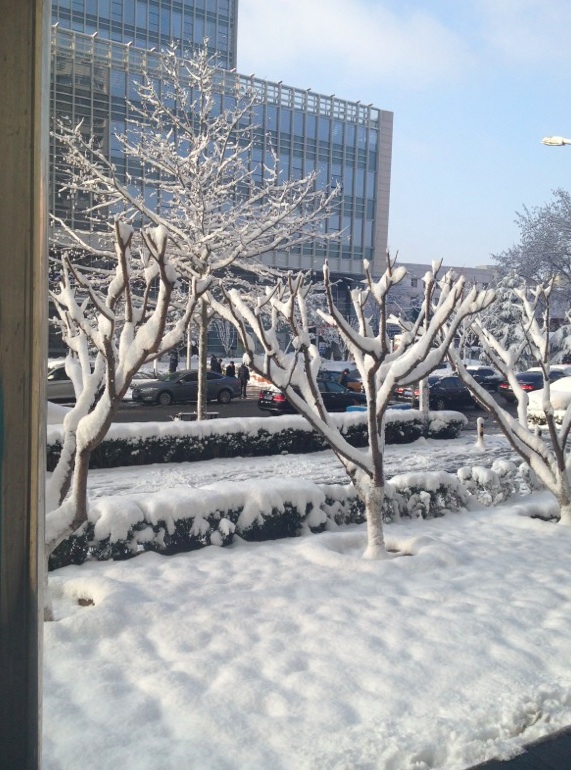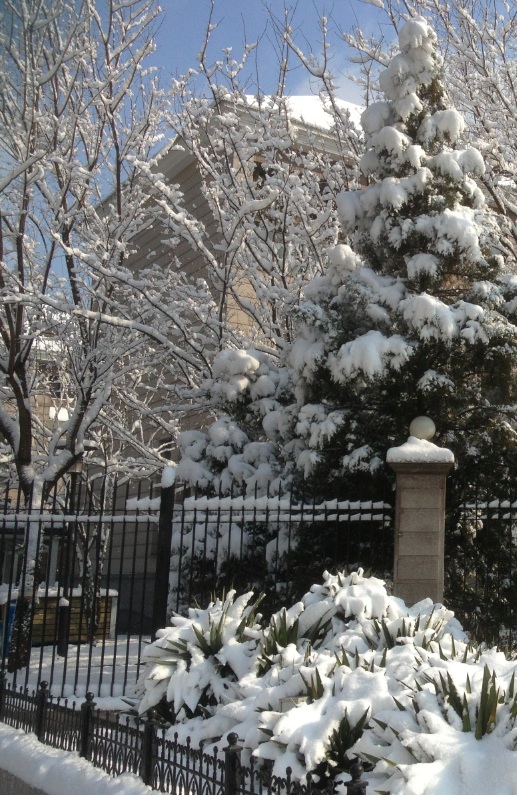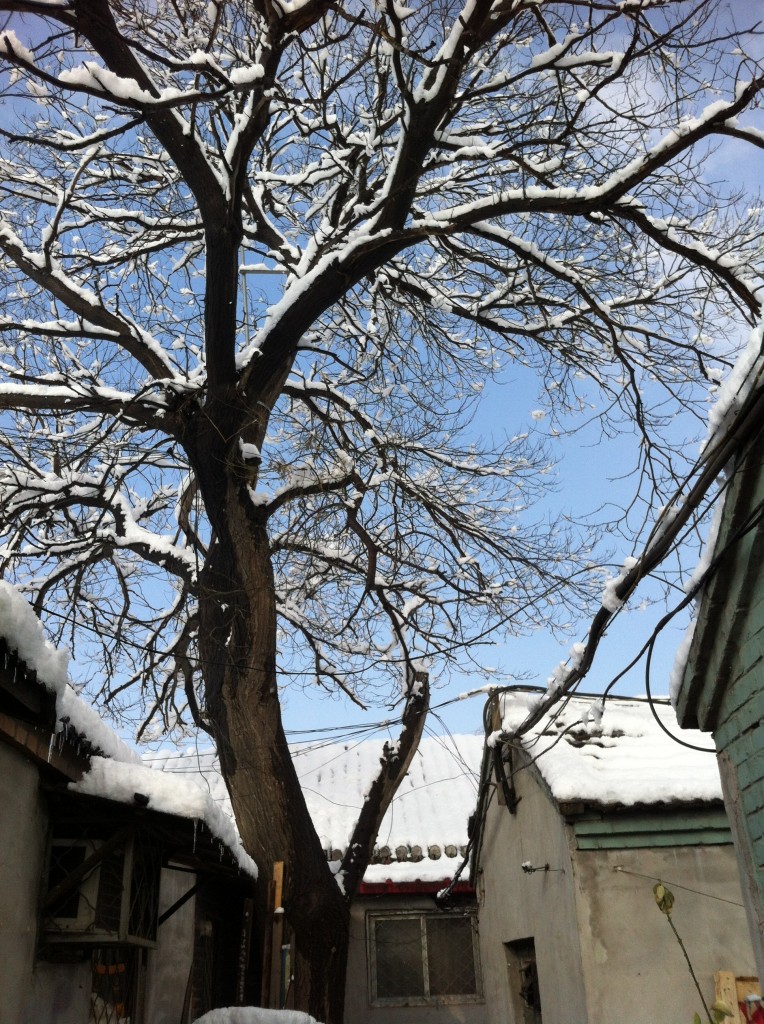With Chinese New Year here ‘tis the season to throw caution (and weight-watching) to the wind and get caught up in the feasting and festivities! But when you’ve satisfied your craving for heavy Chinese dishes, we suggest heading to Grassroots Pantry for feel-good food that is delicious, nutritious and supports Hong Kong’s local farmers.
A flourish of verdant foliage and a small painted sign are the only hint of the cozy café located in this hidden corner of Sai Ying Pun. From the moment you step inside, owner Peggy Chan’s passion for her work is apparent in every detail – from the hand drawn menus to the antique chairs and personal photographs collected on her travels.
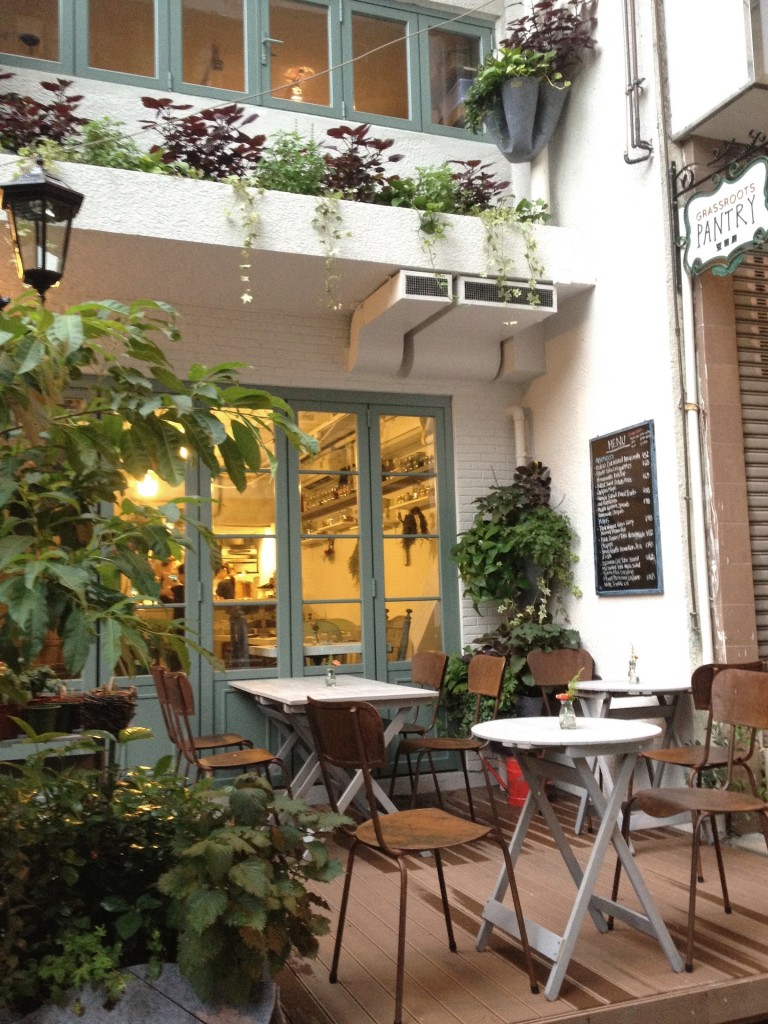
AsiaTravel sat down for a quick chat with Peggy to learn more about what makes Grassroots Pantry so special.
AsiaTravel Travel: Give us a little background on yourself…Have you always been in the food business?
Peggy Chan: I began working in this industry aged 16, brewing espressos at Hong Kong’s very first Starbucks, but my family are all serious foodies and I learned to cook and bake from my mother. I graduated from Le Cordon Bleu Culinary Arts Institute in Ottawa, Canada, and later obtained a Bachelor Degree in Business Administration with a double concentration in Hotel, Resort and Restaurant Management in Switzerland. I’ve spent the last decade working at outstanding restaurants and hotels including Brunoise in Montreal, Four Seasons Hotel Hong Kong, and The Peninsula Tokyo.
WCT: How did you come to start Grassroots Pantry?
Peggy: I’ve always wanted to open a restaurant, and after many years in the corporate world, I took some time off to travel and was inspired by all the different local vegetarian dishes other countries had to offer. Upon returning to Hong Kong, I was resolved to create a space for the community to enjoy clean, healthy plant-based foods.
WCT: Tell us about GP’s food philosophy. What is ‘conscious eating’ and why is it important?
Peggy: Grassroots Pantry is a boutique café dedicated to improving the health and wellness of the community through serving nutritious, homemade, plant-based world dishes. Conscious eating is to source unprocessed, local, sustainable and organic ingredients as often as possible, and is important because it helps to create a more sustainable world. Grassroots Pantry also aims to educate the community about the farm-to-table and slow food movement by hosting educational culinary classes and environmental workshops.
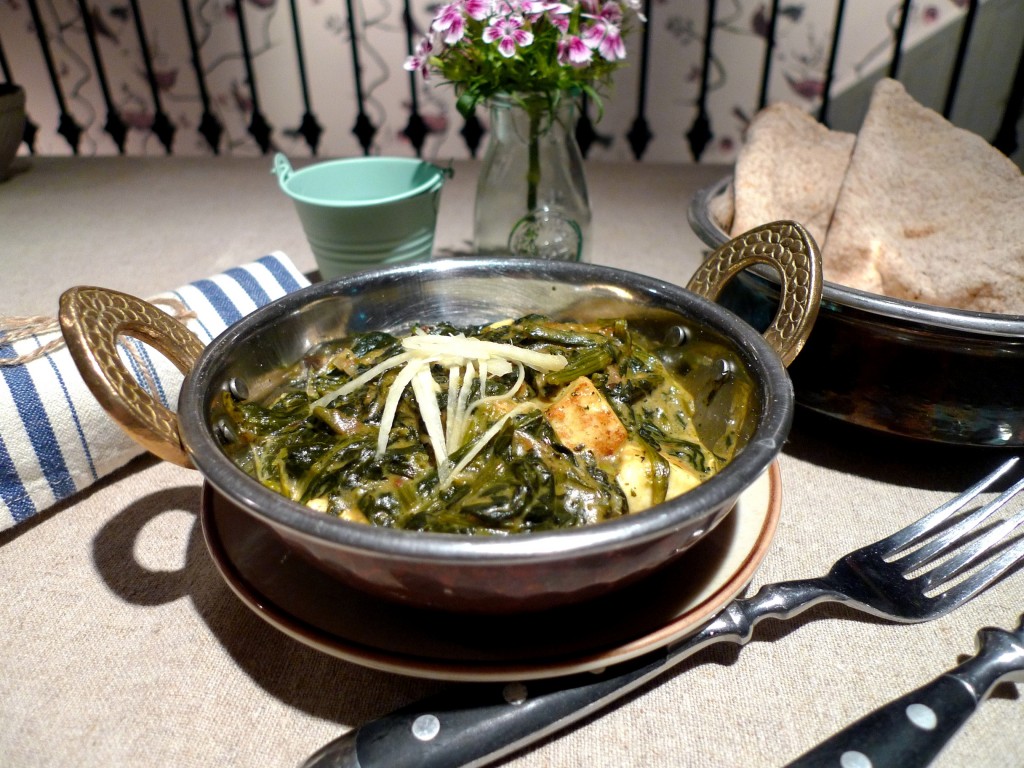
WCT: How has GP been received by local Hong Kong-ers?
Peggy: More and more people are seeking healthy food, and are more conscious with what they are eating. Hong Kong is a food mecca, and because there is so much to choose from, local residents are always looking for something different and not your typical cookie-cutter restaurant. We are very happy to be a part of the local community and being the go-to cafe for real homemade vegetarian food.
WCT: Where does the inspiration for your dishes come from? Do you have a favourite dish?
Peggy: My inspiration comes from memories. Sometimes I reminisce about tastes and smells from my childhood, and am always eager to recapture those memories.
Favourite dish on the Grassroots Pantry menu is Palak Paneer! We make a healthy version using soy milk. Also, you can substitute the paneer with hedgehog mushrooms in case you want an even healthier option.
WCT: In your opinion, what makes GP special and unique to Hong Kong?
Peggy: Grassroots Pantry is one of the few western-style cafes that really offer unprocessed plant-based dishes. A lot of vegetarian restaurants in Hong Kong use mock meats, and an excess of oil. Also, Grassroots Pantry serves as community space for those who want to learn more about holistic health, sustainability and environmental responsibility.
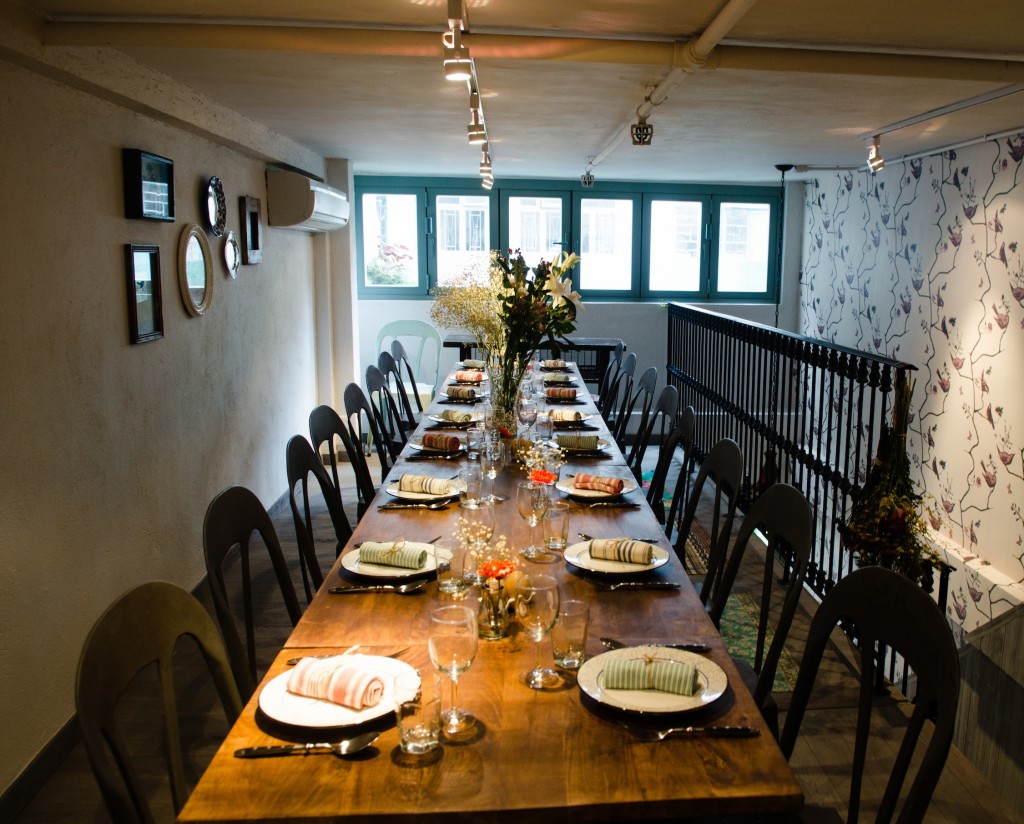
———
If you have any questions about travel in China feel free to send us an email at info@wildchina.com and we will be happy to assist you.
Photos by Grassroots Pantry
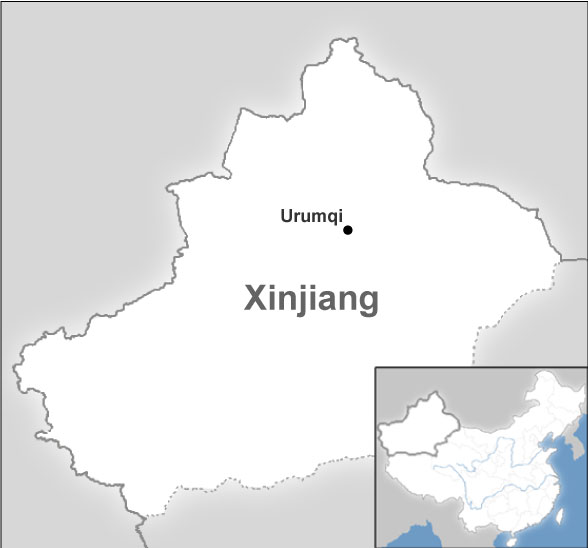

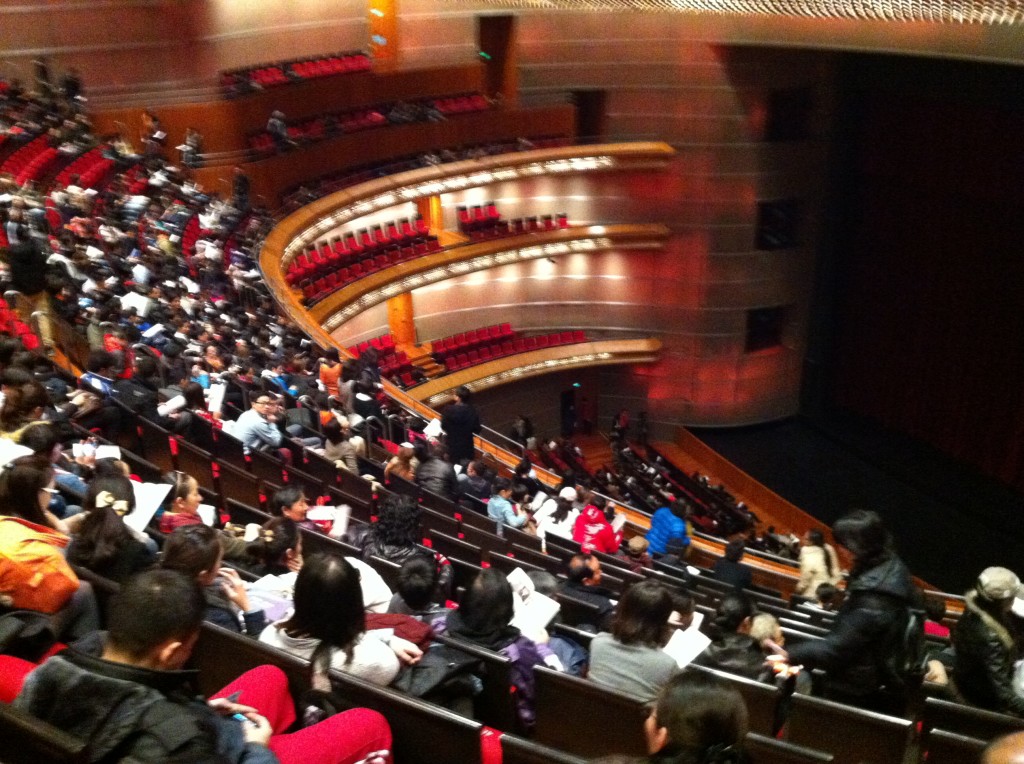

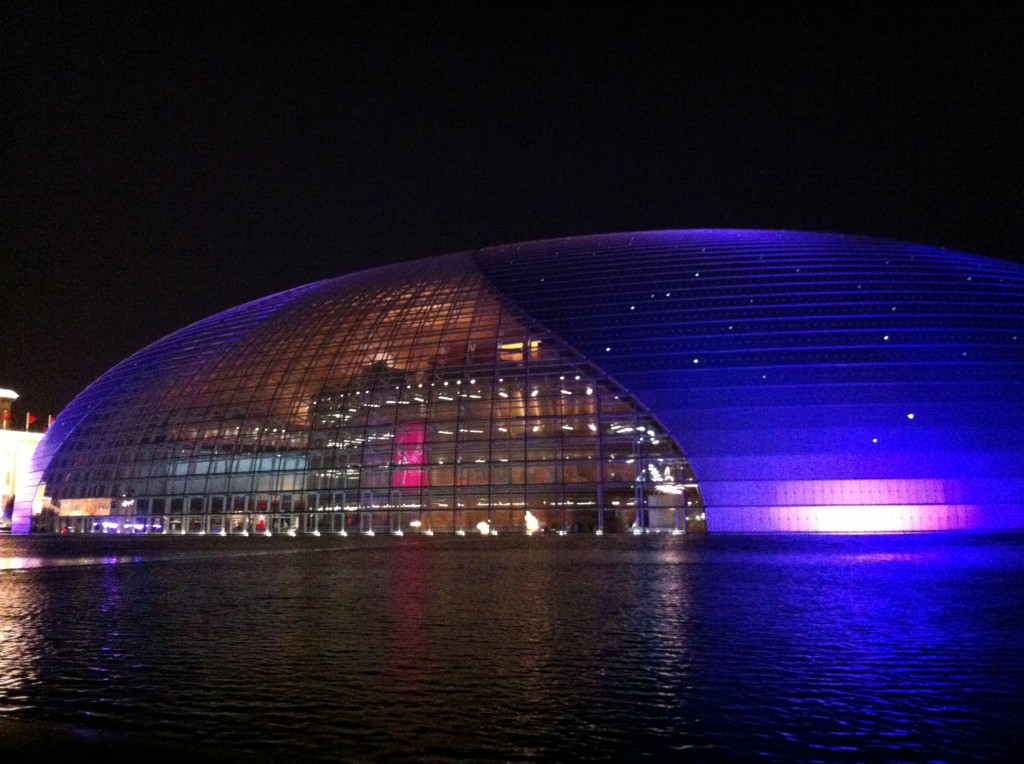
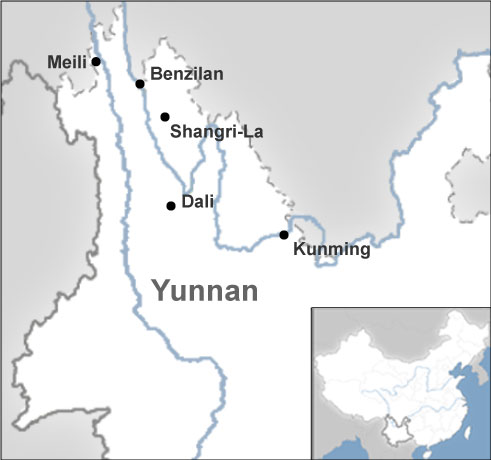
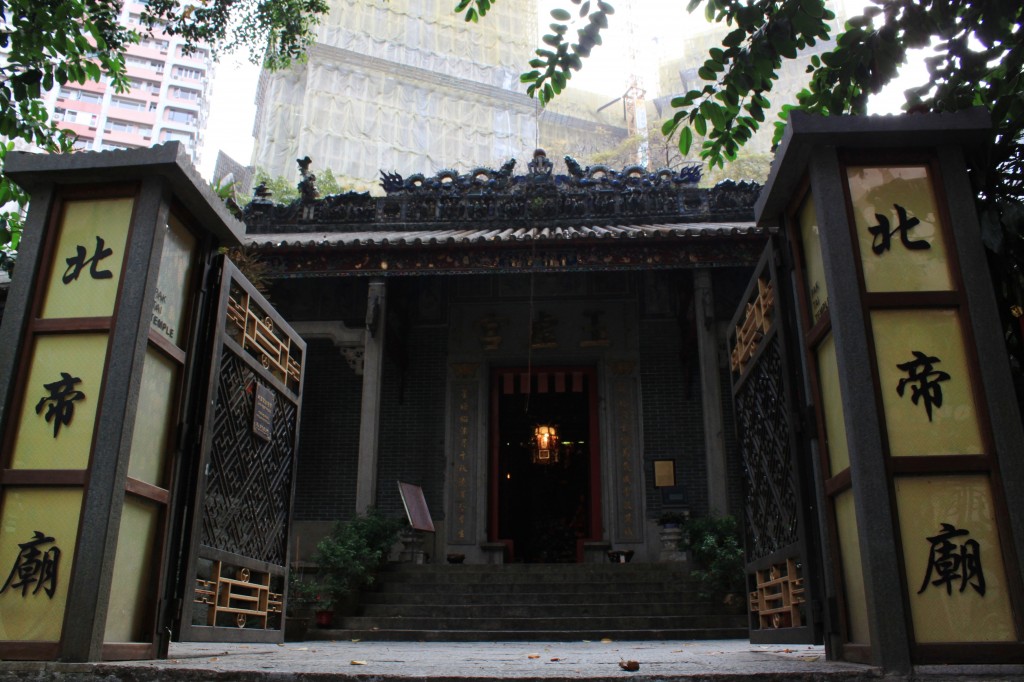
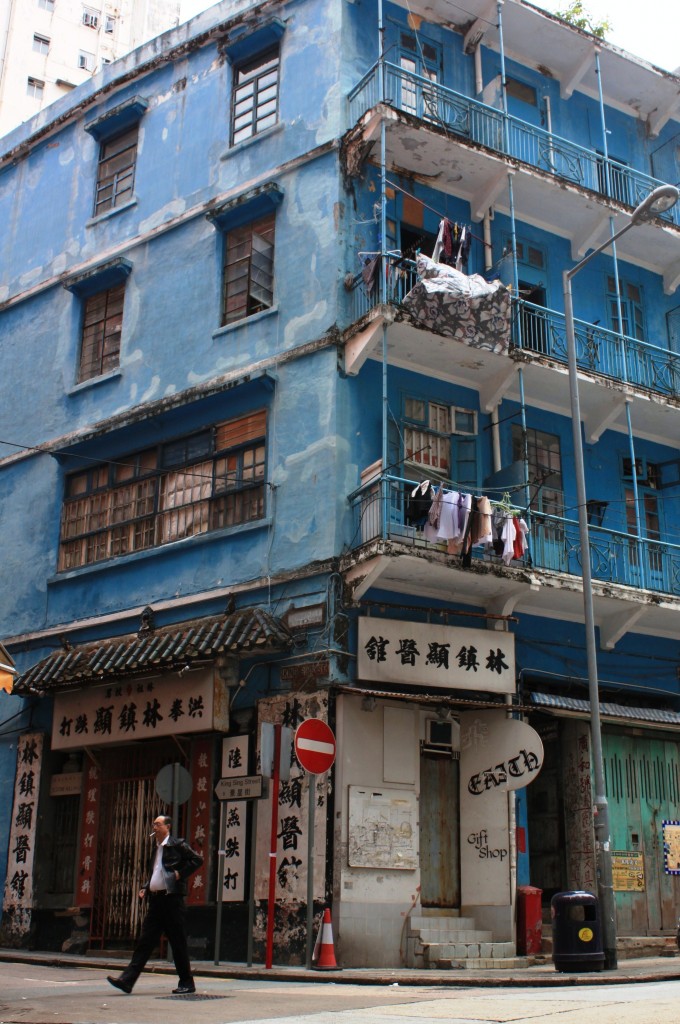
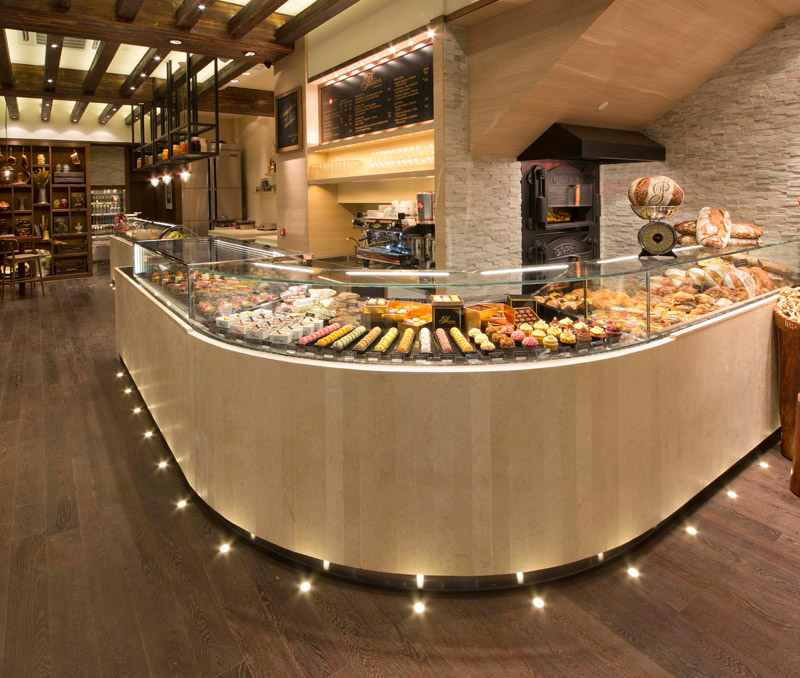
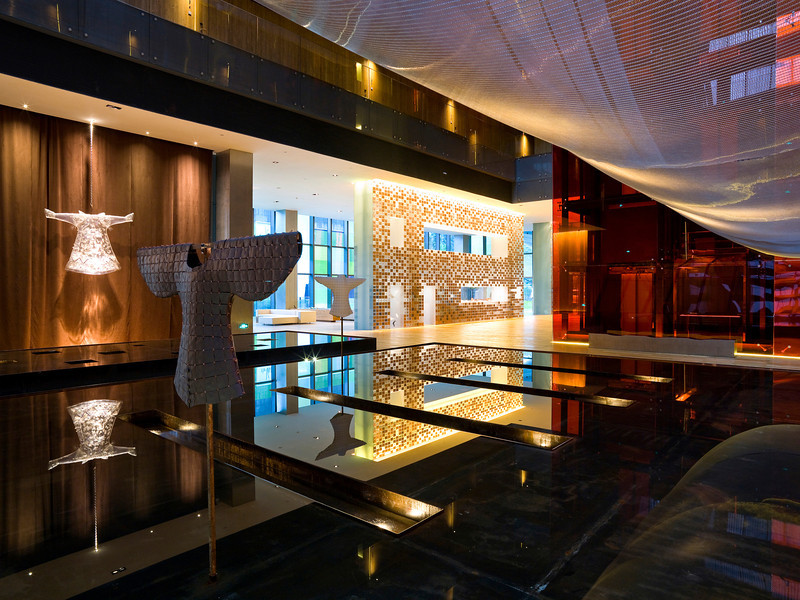
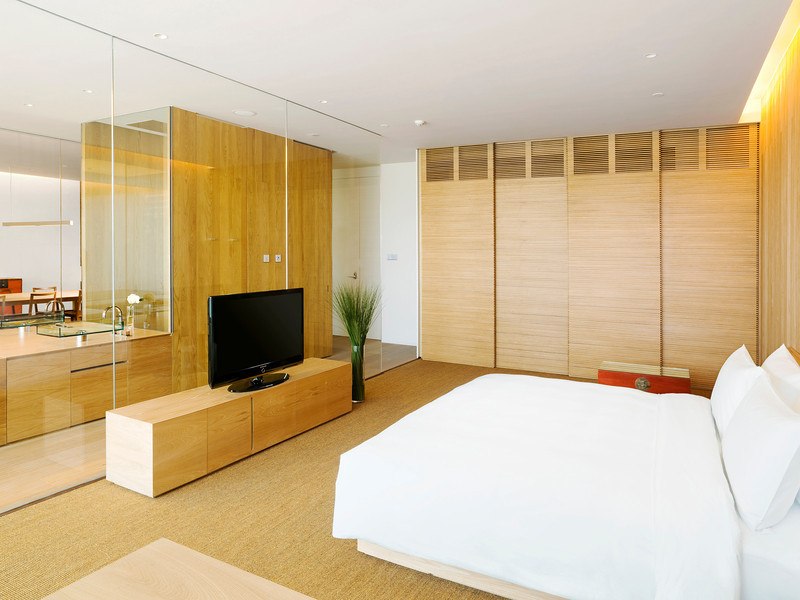
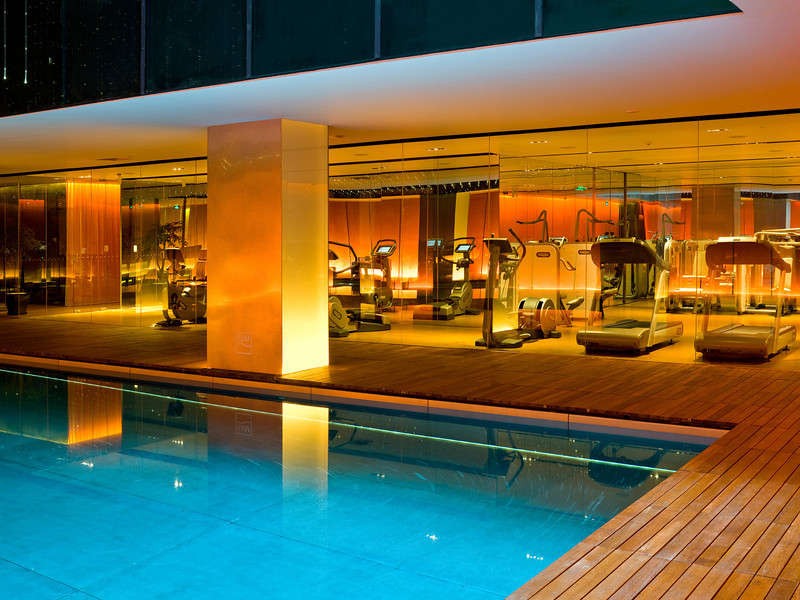
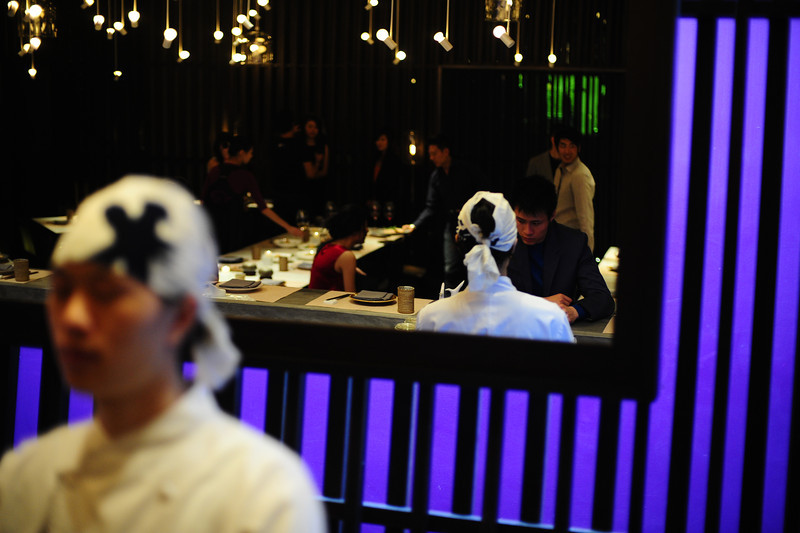
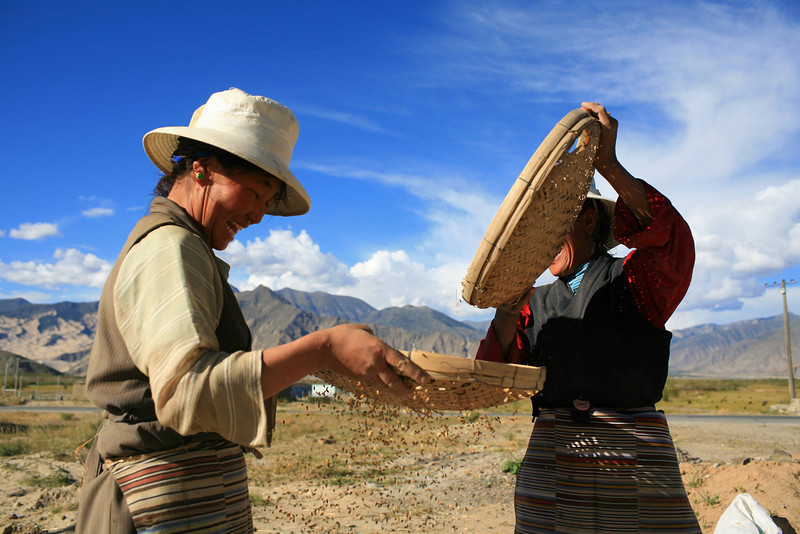
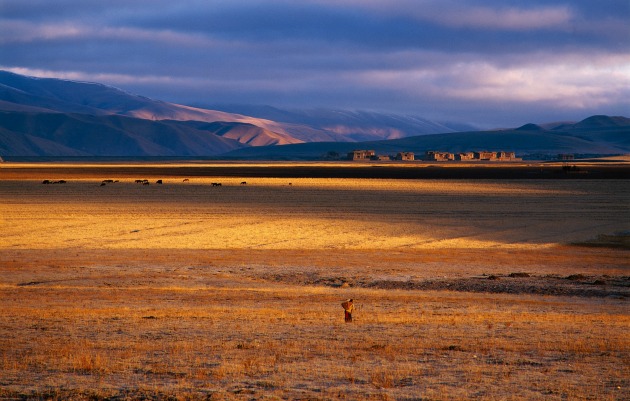




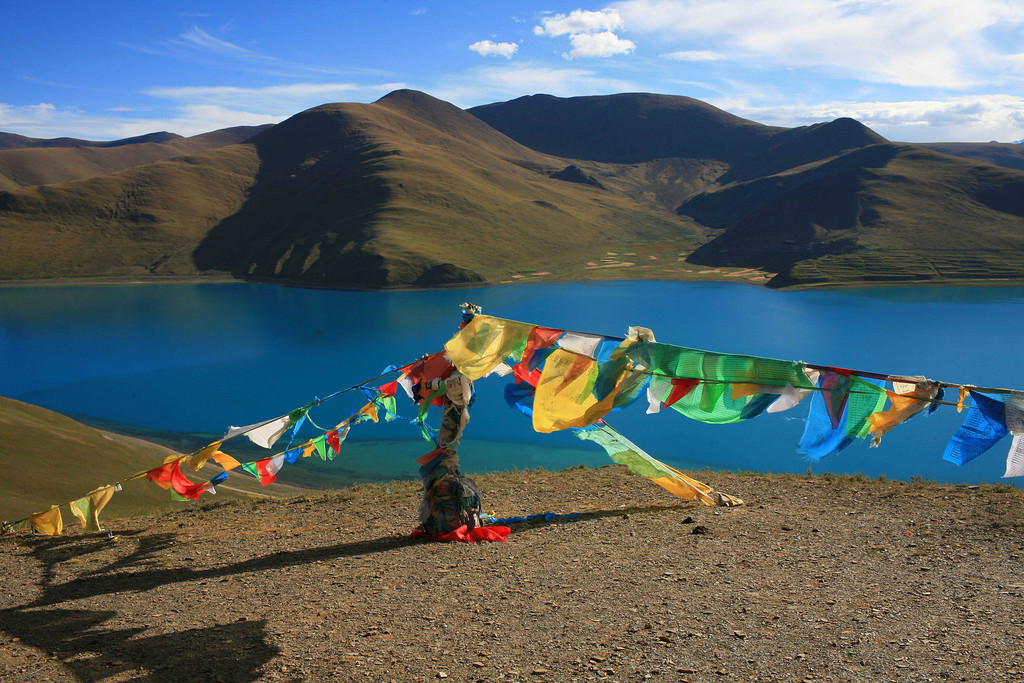
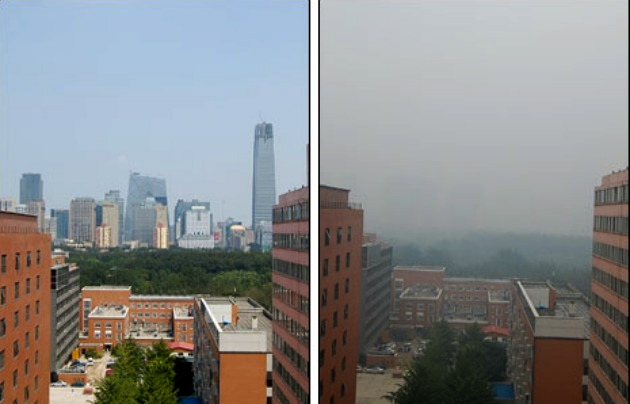 (Beijing on a clearer day and on a more polluted day)
(Beijing on a clearer day and on a more polluted day)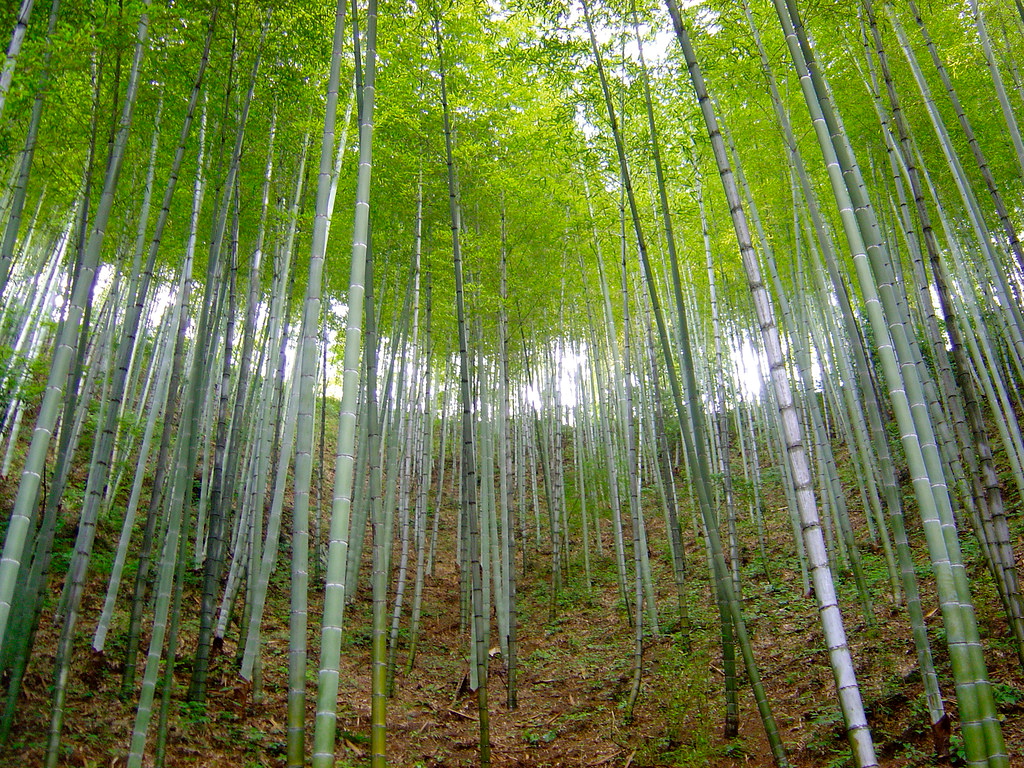 All of China isn’t polluted all of the time.
All of China isn’t polluted all of the time.